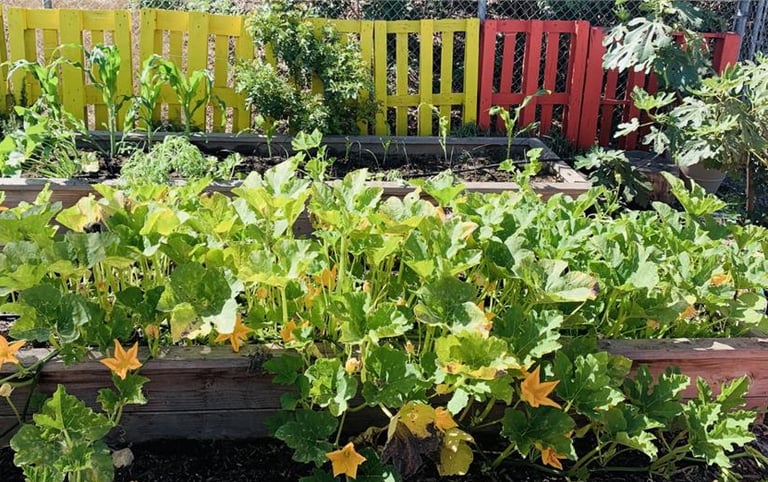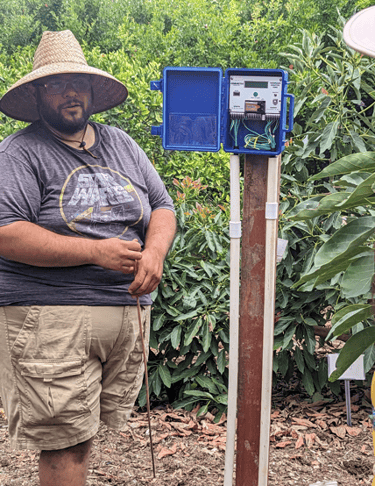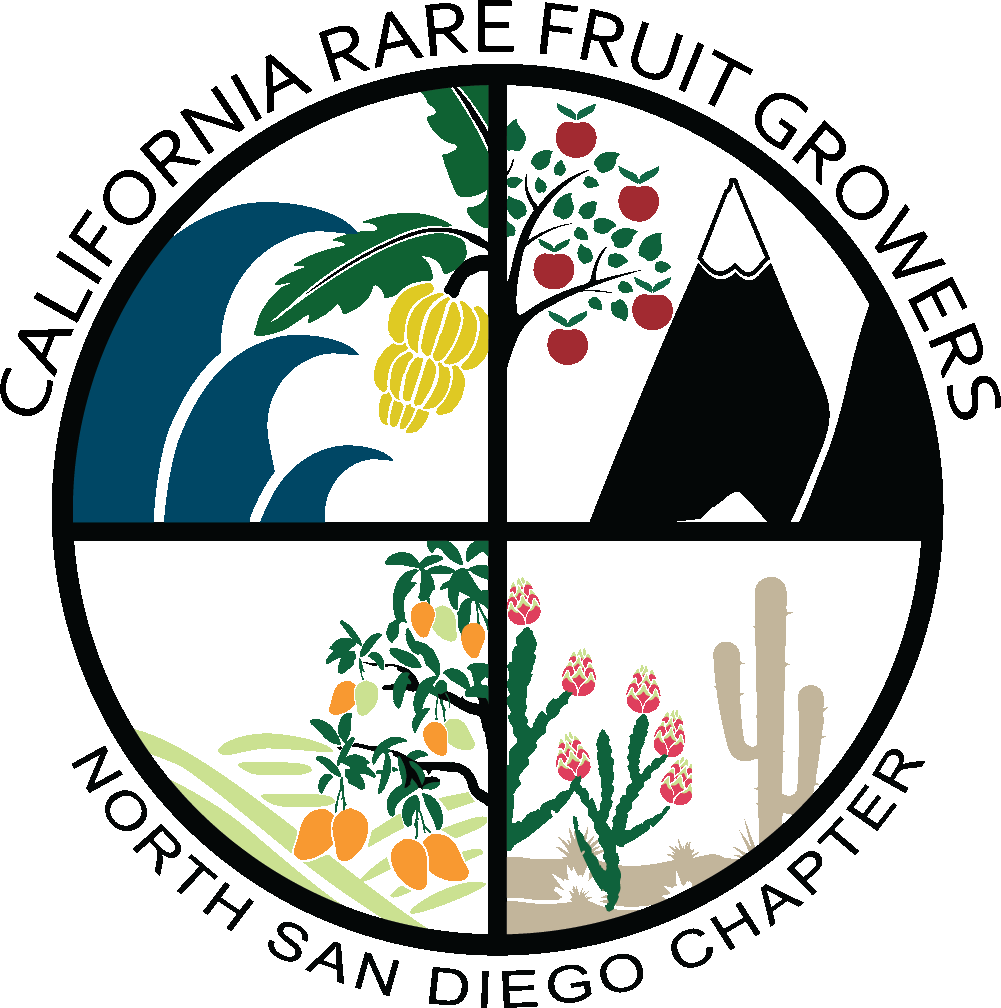Our Projects
Paloma Elementary School




In 2023, the Board of Directors voted to support the Paloma Elementary School (San Marcos) garden program that has a 100% participation rate among the students (grades TK/K-5). Our chapter members donated materials (seeds, starter plants, pots, soil, rodent protection) for use in the garden. This year, the highly-successful program will begin offering the food grown in its garden to the school cafeteria in their "Farm to Cafe" initiative. Students in the upper grades will be engaged in the economic aspects of farming and will be working on the purchase order forms that are required by the Cafeteria Nutrition Services (CSNS) Department.
In June 2024, our awards committee evaluated the application and recommended to the board that we provide financial support to assist the program in replacing aging garden boxes and improving rodent protection. The awards committee based its evaluation on a) eligibility criteria established by the board b) consistency with our chapter's mission c) recognition that this allows our chapter to continue to support a worthy program as it graduates to its next level. This Board-approved funds will allow the Paloma Elementary School students to grow and harvest more produce for the cafeteria salad bar.
At a monthly chapter meeting this Fall, Paloma Elementary School will provide our membership with an update on the use of funds and the progress of the "Farm to Cafe" initiative.
Mira Costa College (MCC)
Watermark Water Sensors
The student selected for the NSD internship has been attending Mira Costa Community College (MCC) since 2018. His project is installation of the orchard Watermark Water Sensors.
MCC has chosen to place 8 sensors in their orchard and the intern had some learning curves to get through but finding a YouTube video helped with getting the sensor wires through the PVC pipes and drip lines to go out to the orchard. A lesson learned was to use the largest PVC and drip line possible, as it makes the wire installation easier. They use a Data Box which is an extra unit but find its use valuable. Data can be collected straight from each sensor but it is more time consuming. The Data Box can connect to a laptop and a Watermark app making reading and storing the data easier and valuable. Note: readings go from 0 which is fully saturated soil, up to 254, which would be totally dry. Since this project was just completed, data is just now being collected and analyzed so they do not have the information yet to make any changes or draw conclusions.




